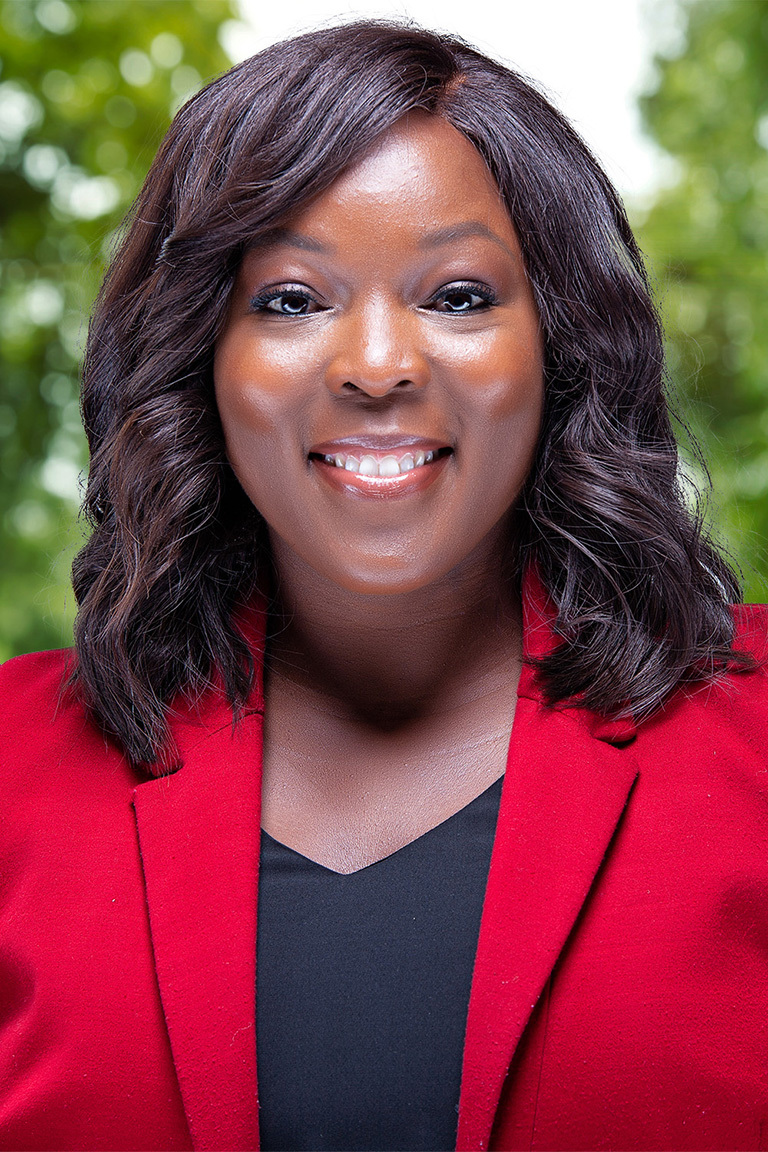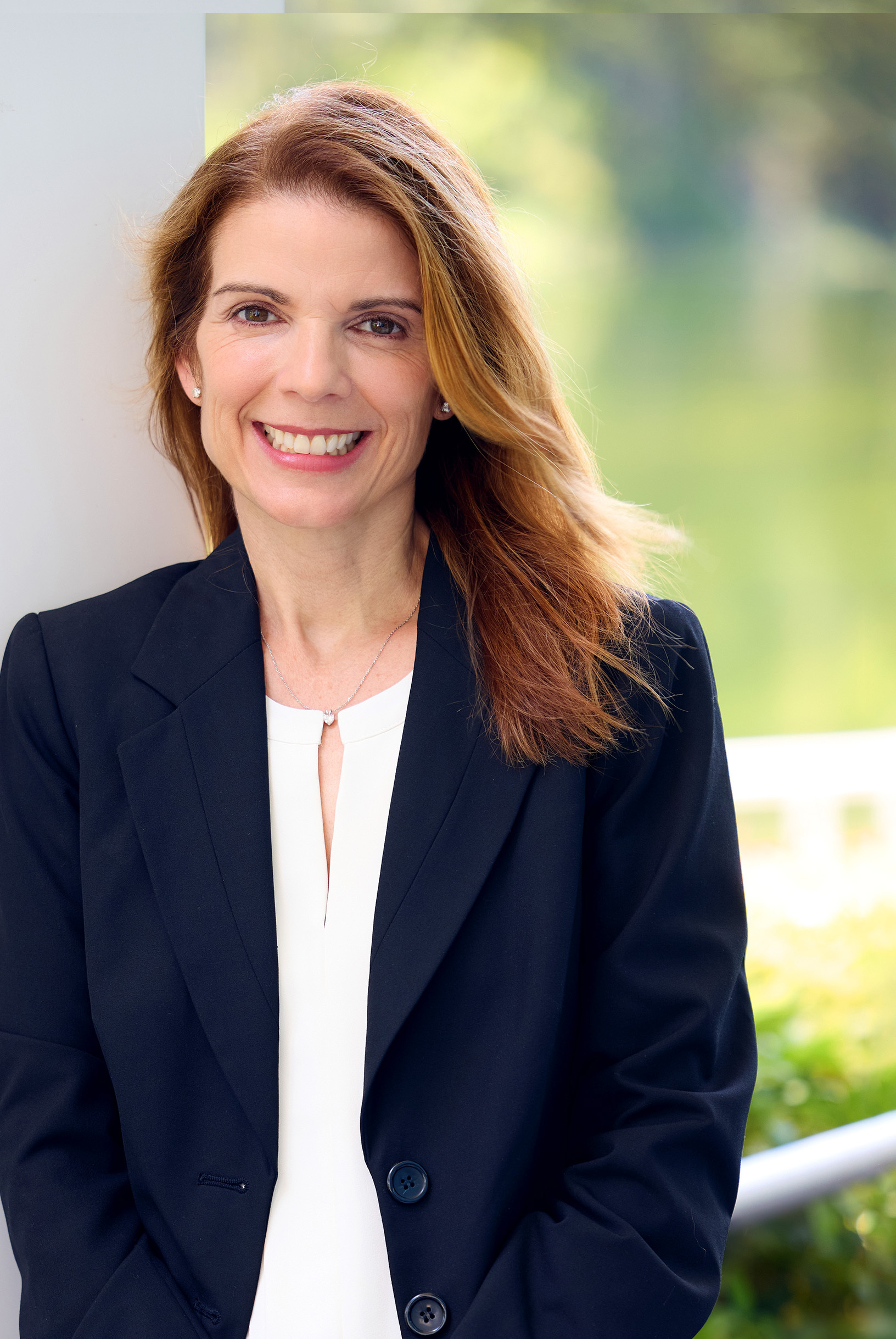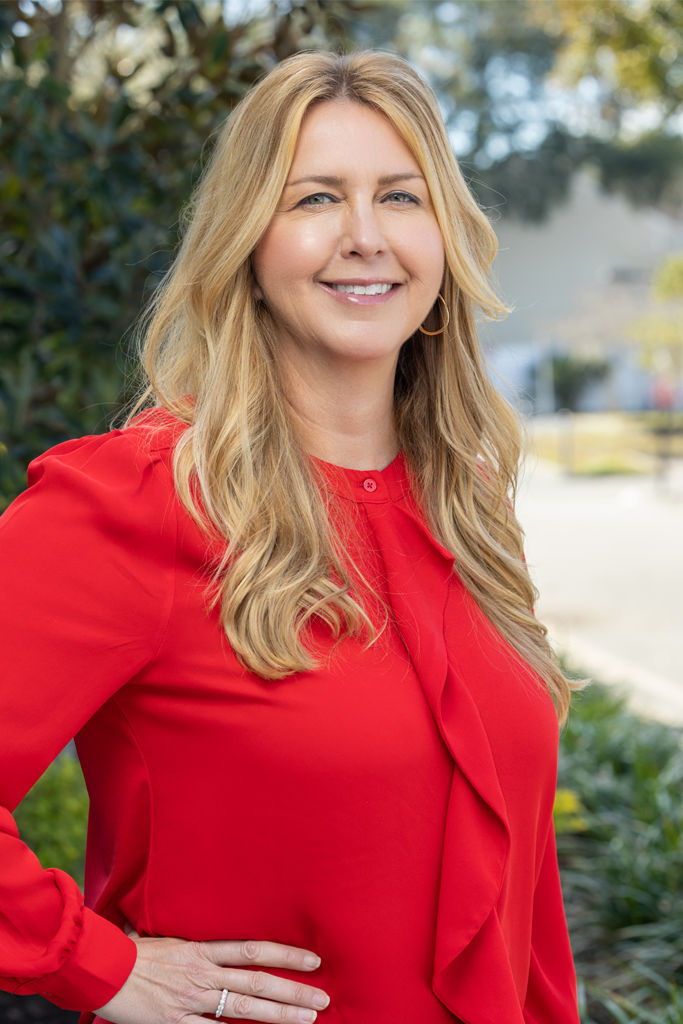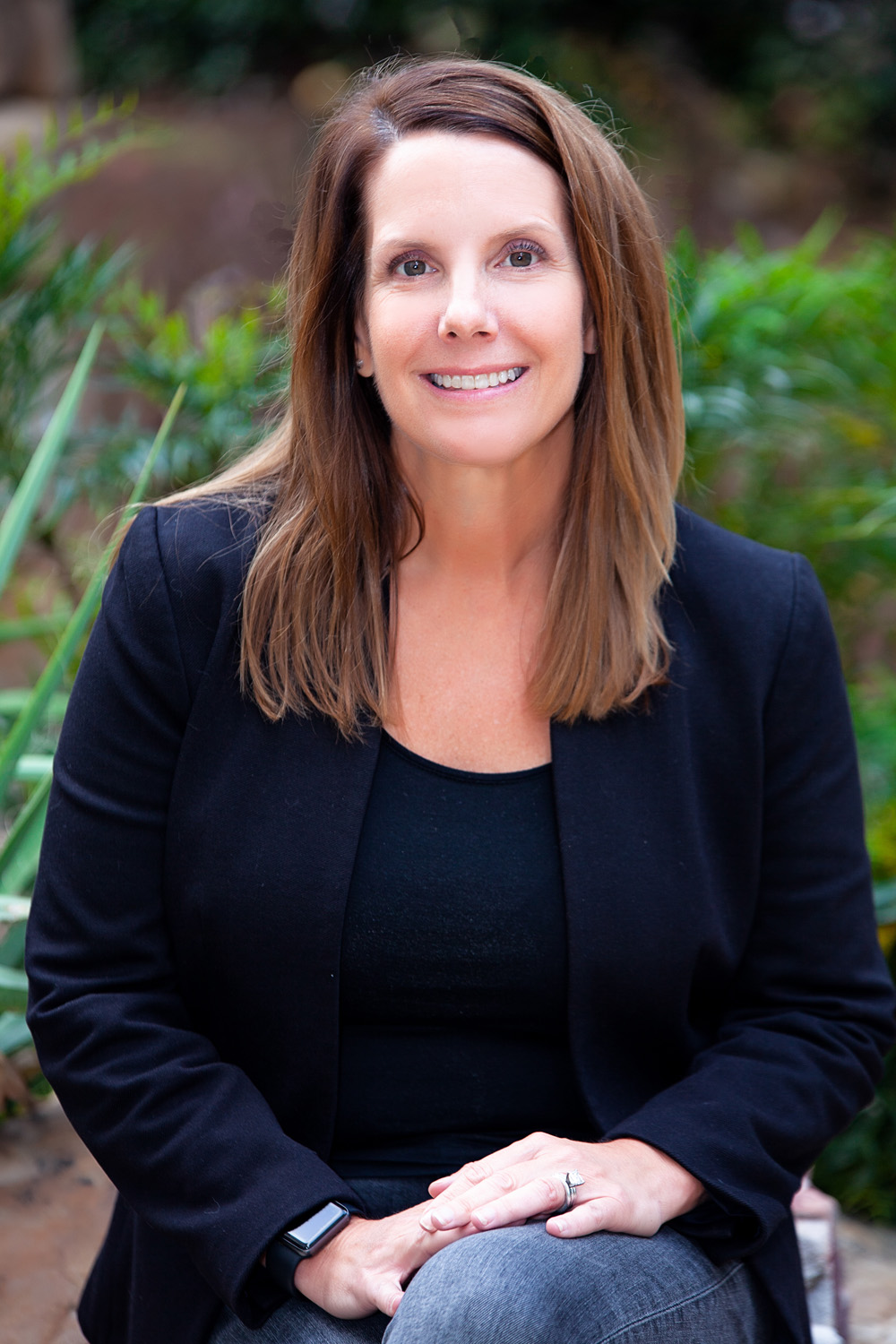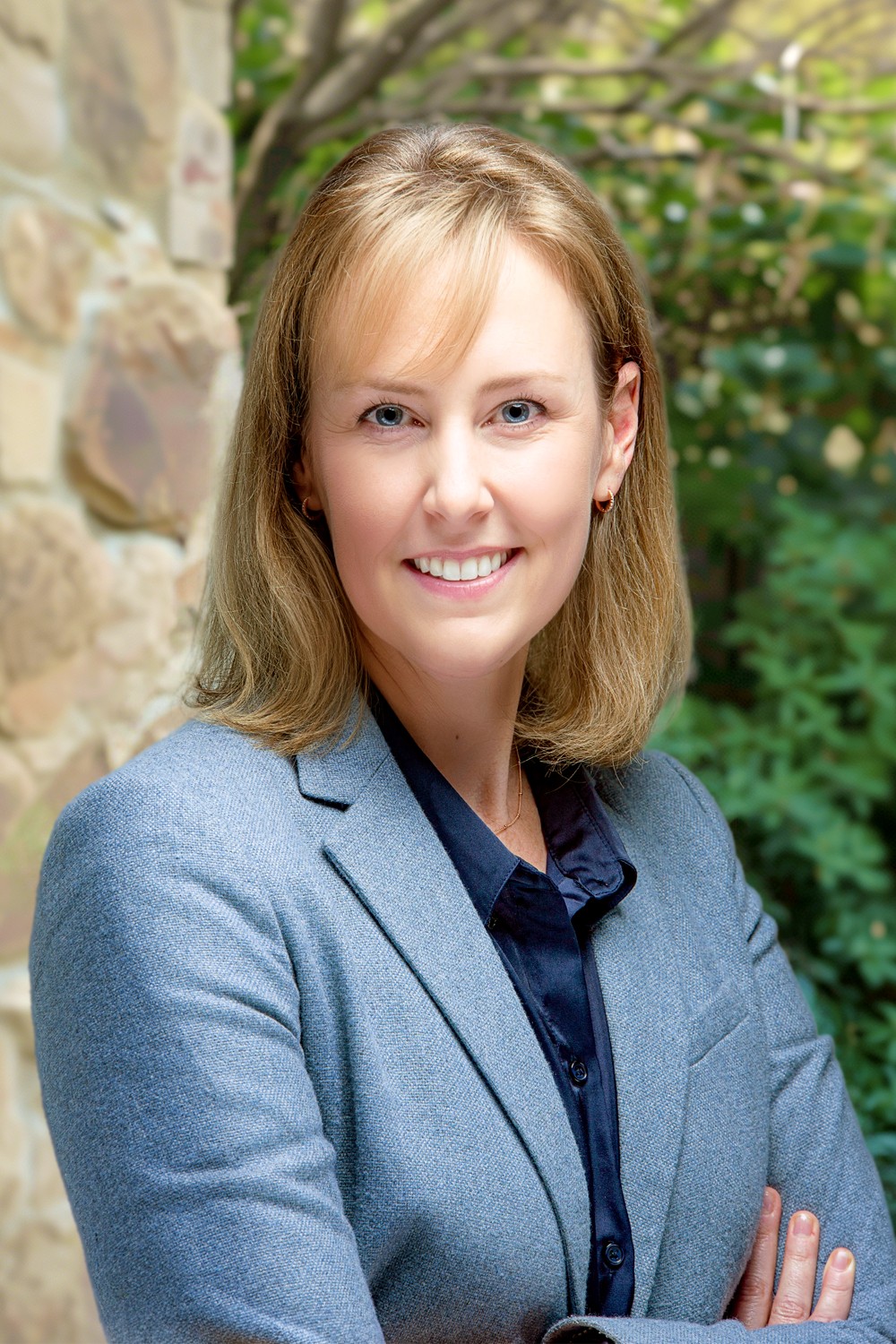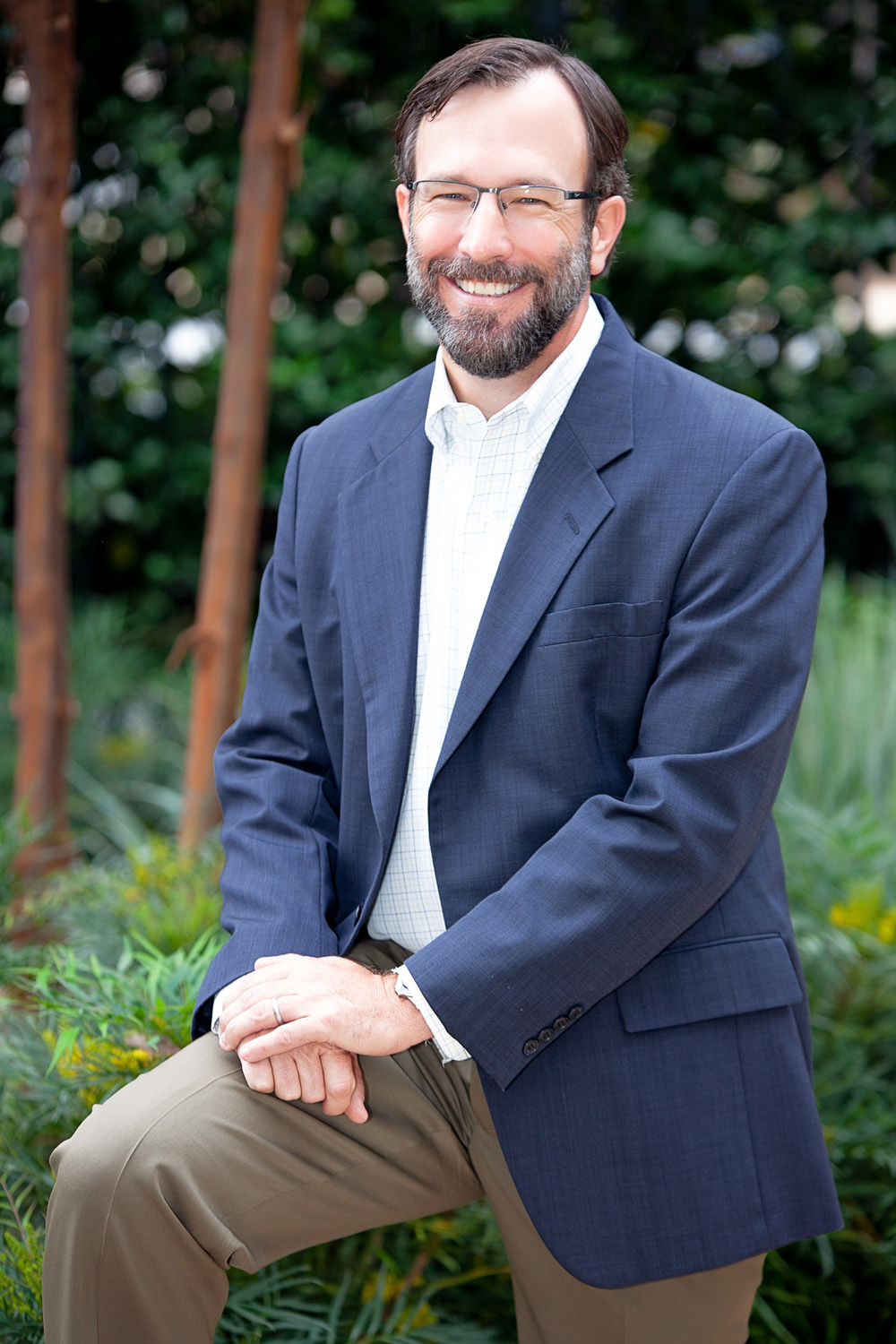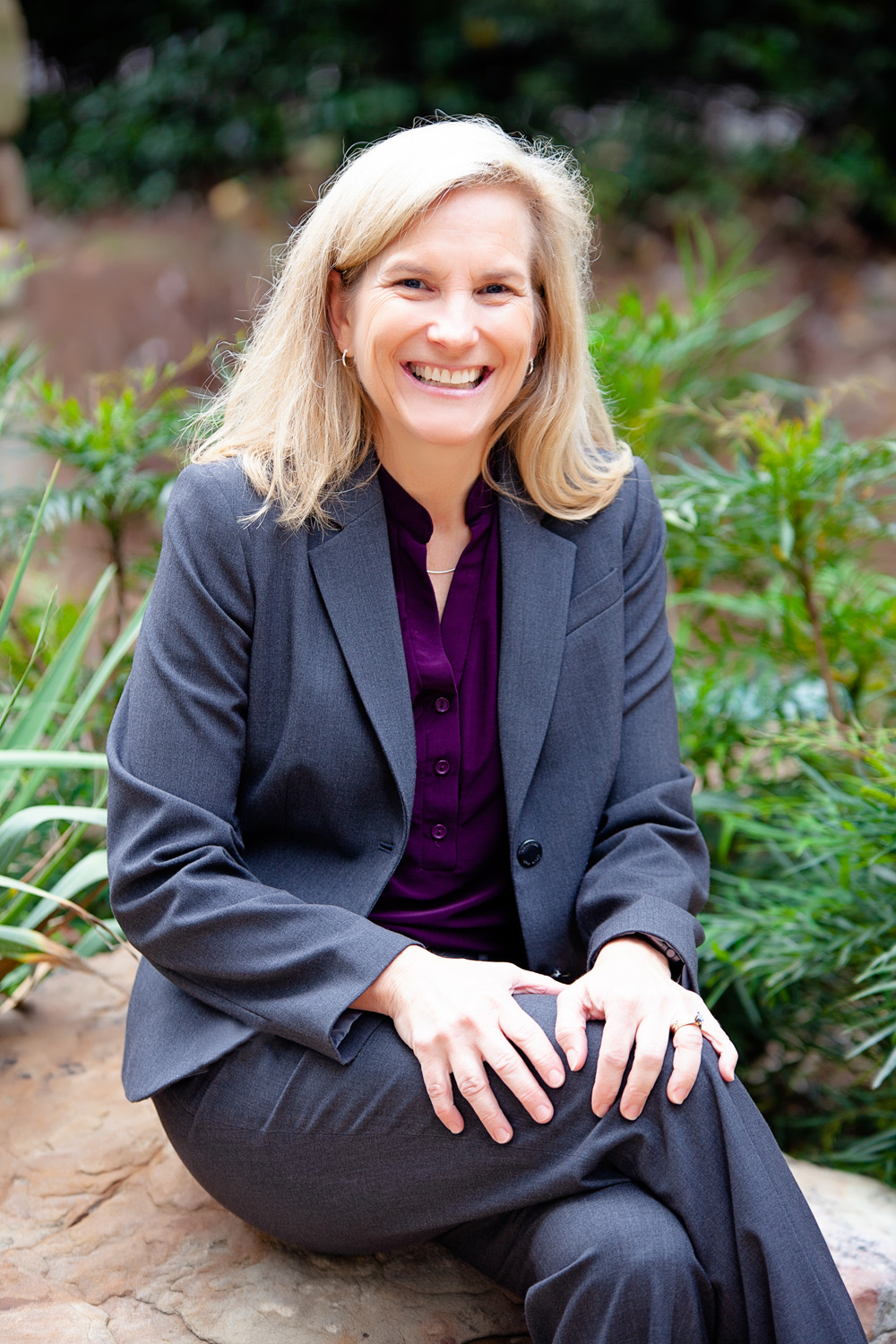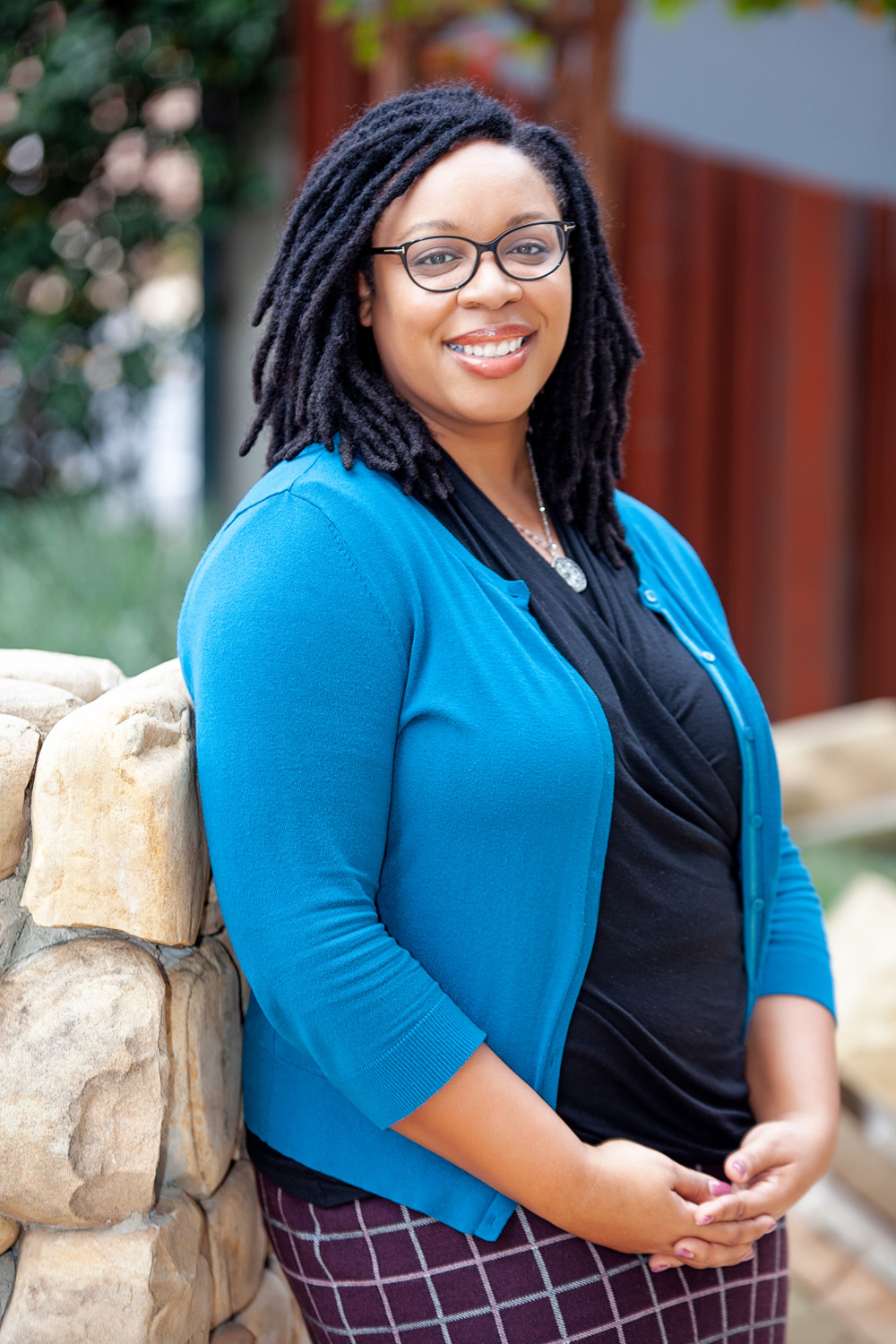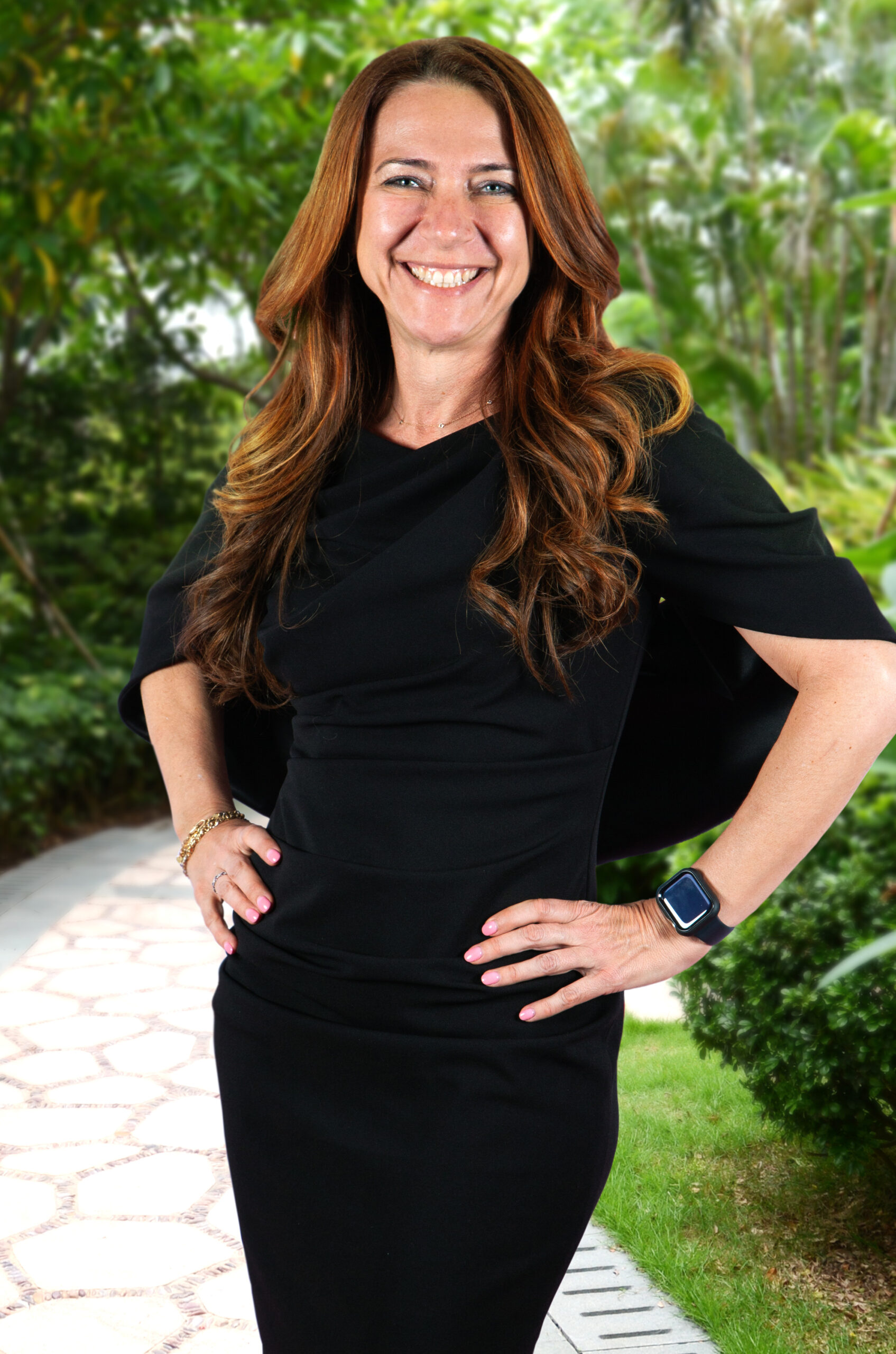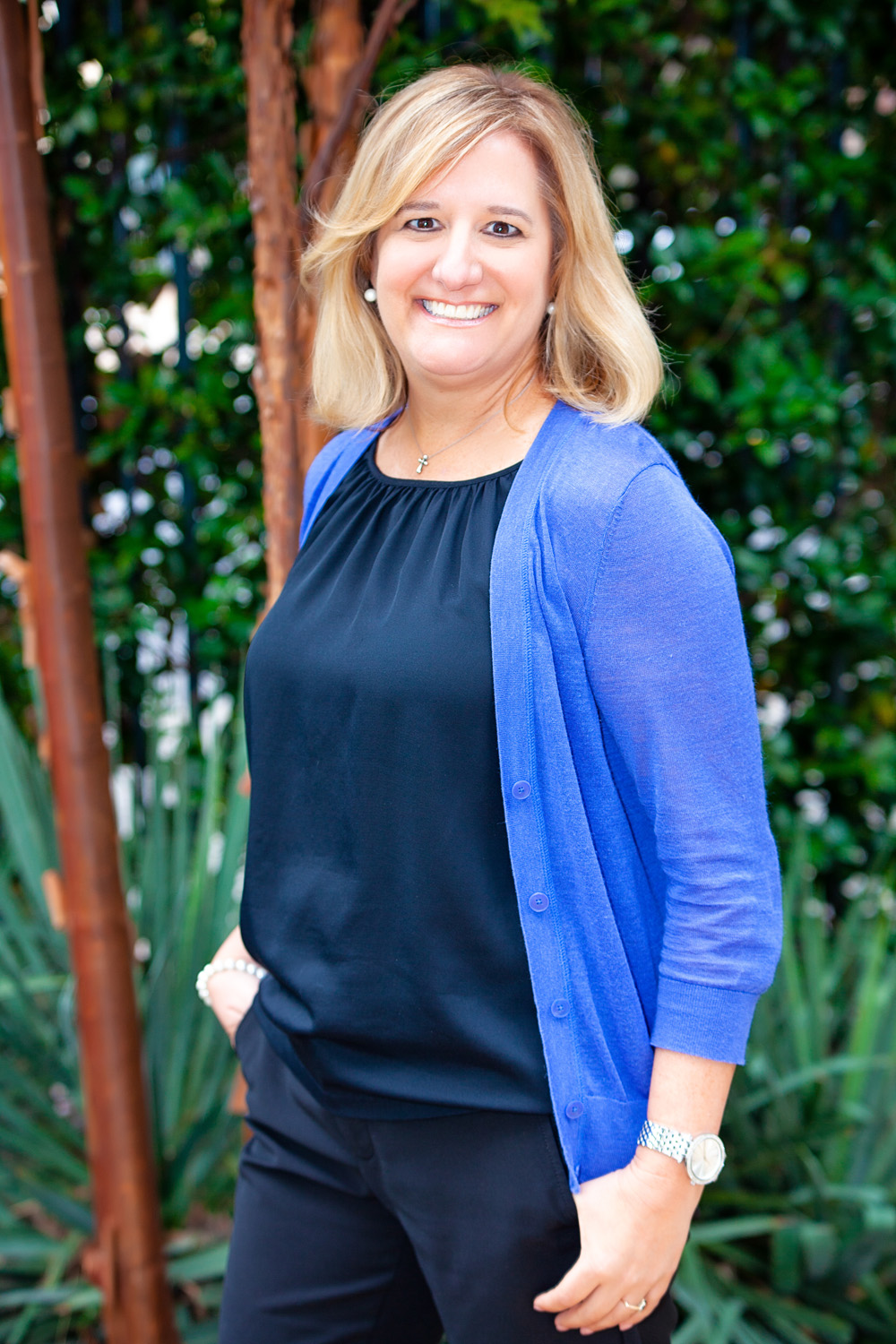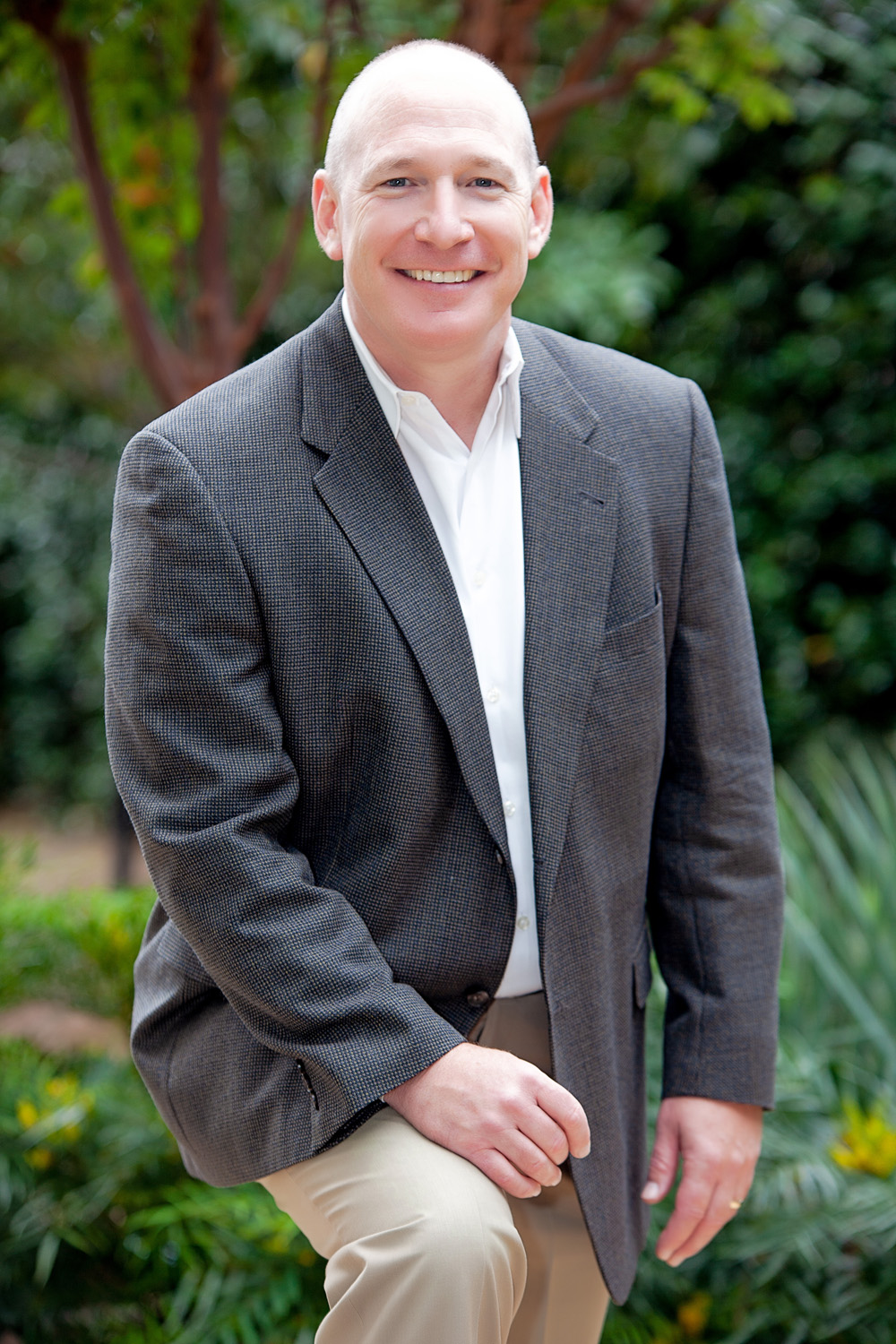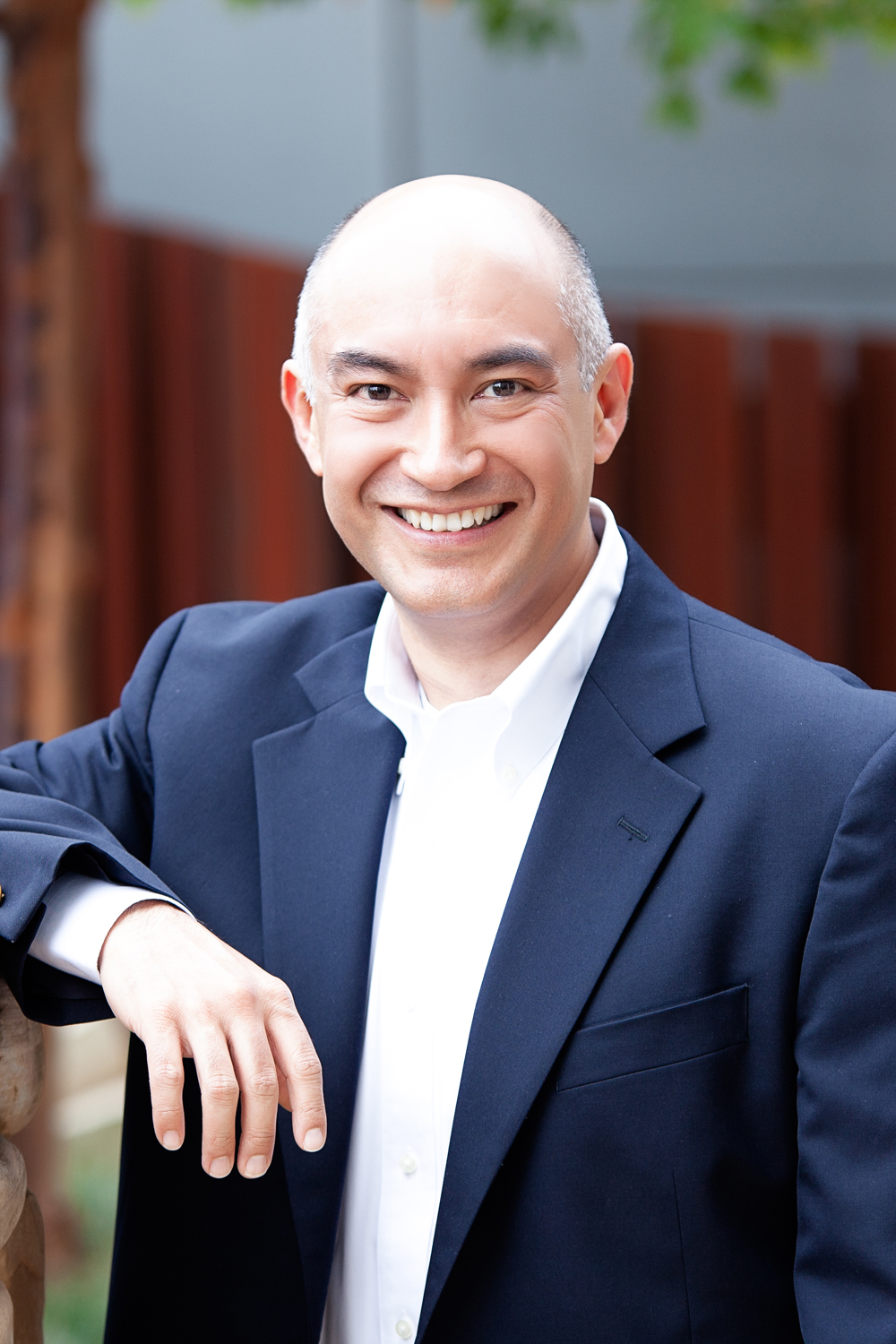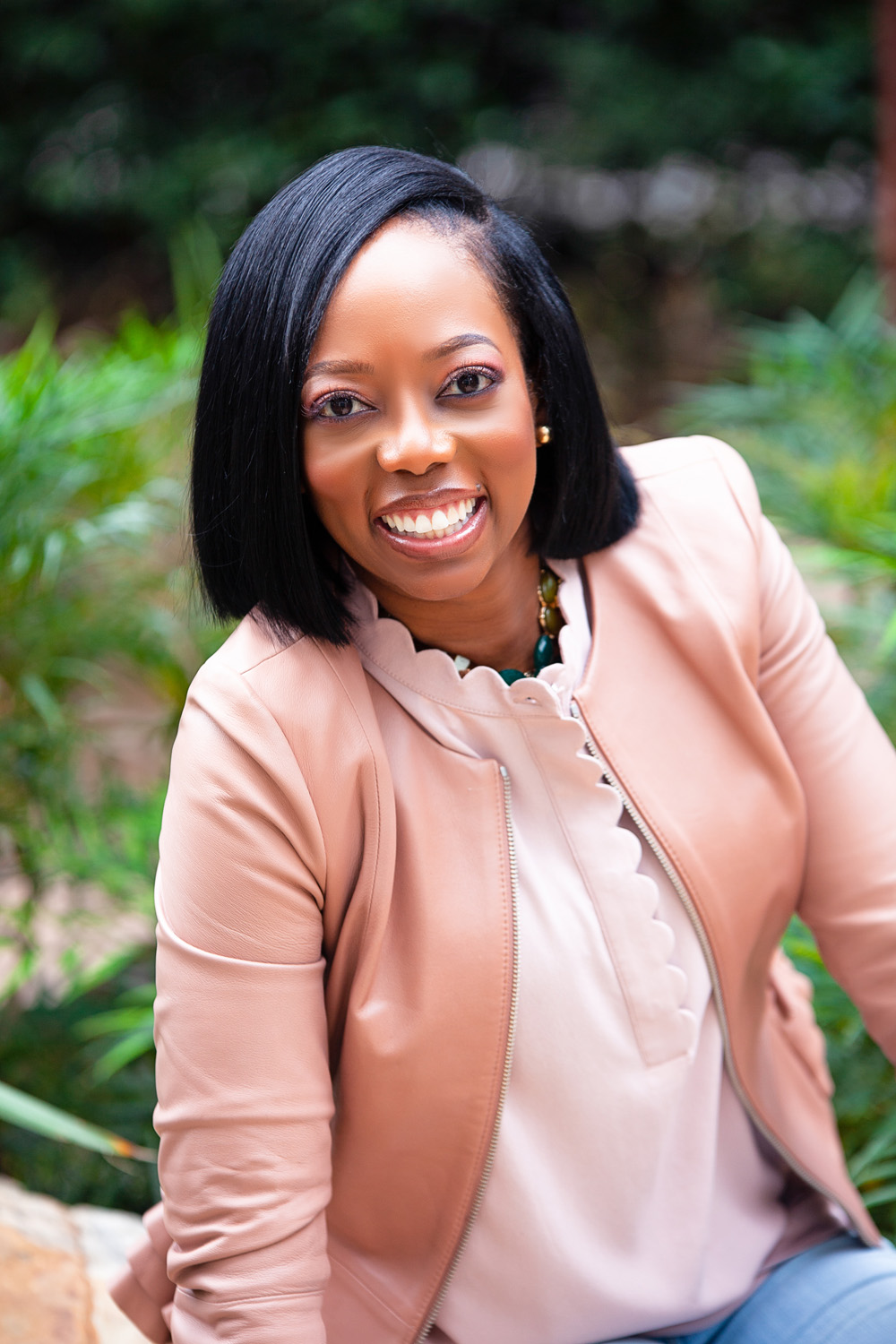By Erin Sloan, Plastics News Staff
Coca-Cola wins the 2020 Caps & Closures Innovation Award for the first beverage closure made from post-consumer recycled content, made for its Dasani bottled water line.
The use of recycled content in beverage bottles has been a major focus in recent years, but Coca-Cola Co. has taken its sustainability measures to new heights — the closure.
The newly designed closure for Coca-Cola’s bottled water line, Dasani, is the first of its kind in the beverage industry that has post-consumer recycled content.
The closure was named the winner of Plastics News’ Plastics Caps & Closures Innovation Award during the annual conference on Sept. 25.
“Wow, that’s a big surprise,” said Izabela Lomacka, global procurement director for Atlanta-based Coca-Cola. “Innovations such as these are essential to keep driving action toward a sustainable future. I would like to stress it has been the first use of post-consumer content in our system and, as far as we are aware, is the first in the beverage industry; therefore, it’s a great milestone to be celebrated.”
The closure has the same feel, seal and other characteristics of traditional Dasani closures but with the added sustainability bonus of recycled content.
Michael Price, engineer in research and development for Coca-Cola said that the closure itself has 30 percent recycled content which was a “sweet spot” for functionality. The PCR was harvested from high-density polyethylene milk jugs, which are then purchased from the recycling system, ground, sorted and purified to meet FDA levels.
“Our experience is that we met our goal, which was to make this change invisible to consumers and bottling plants,” he said. “No one is really aware of it because it’s a seamless change in our process.”
During a keynote presentation with the conference, Bimal Lakhotia, director of packaging research and development at Coca-Cola, cited Dasani’s green-colored cap as a nod to the sustainability efforts in the making of the packaging. Green denotes “sustainable” or “recycling.”
“On packaging, there is a science behind using the colors, specifically looking at consumers and coming up with a color of closures,” he said.
Typically, he said, a consumer would weigh purchasing a product made of virgin plastic vs. one made of PCR — the consumer will definitely go with the PCR and is ready to invest in the circular economy.
Incorporating PCR content into closure manufacturing is not an easy process, and teams at Coca-Cola used significant resources in development, testing, partnerships with suppliers, food and safety regulations with the FDA to finish the closure.
“The overall project was pretty technically difficult. Imagine taking PCR, a different resin, and trying to blend it with virgin resin,” said Penny Walter of Coca-Cola bottlers. “It was also difficult to find suppliers that can have an FDA approved material.”
PCR can have some unsavory taste or odors, but Coca-Cola’s processor Envision put the content through rigorous purification to ensure the closures would not have those issues, Price said.
The closure supports Coca-Cola’s pledge to the Ellen MacArthur Foundation for a new plastics economy with higher recycled content and Coca-Cola’s own World Without Waste Program.
The program is a pledge by Coca-Cola to make all packaging from recycled content by 2025, including bottles, cans and closures.
“We want to collect and recycle to drive that circular economy. We’re 60 percent of the way there. We’ve got a lot of work to do, but we’re committed to this World Without Waste program,” Price said. Another finalist was Calyx Containers, which made the first packaging system for concentrates used in the cannabis industry. It designed a lid with a multi-shot molded cap and TPE gasket that features a quick closing time that makes the jar secure and child-resistant. The other finalist, Clayton Corp., designed a fire extinguisher foam product in an aerosol can, complete with a pressure indicator and a spray cap.
